Shop
Our Steel Knees Type-2 is standard design from the XIV – early XV centuries. It boasts side protection in the form of rondels and is equipped with leather straps. Two pairs of holes are drilled on the top and bottom so that the caps are easily affixed to your padding or other elements of armor
The word “brigandine” first appeared in Italy in the second part of the XIV century. For example, in the archive of Francesco Datini from Prato, there’s a description from the year 1367 with notes about a “Corazzine Brigandine”. In Medieval England, the word “brigandine” was used for the first time in 1397 in a description
The brigandine was naturally developed from early coats of plate, a reinforced surcoat from the XIII century. One of the rare examples of this early armor type can be seen on the statue of St. Maurice in Magdeburg Cathedral (1240). St. Maurice is depicted dressed in chainmail and a surcoat. There are two rows of
A padded gambeson is worn under armor. It serves as a cushion and softens the impact of hits. Padding should not be too thick, otherwise it’s hard to bend your arms or legs (in the case of quilted stockings). What’s more, with thick padding – there’s a higher risk of overheating during tournaments. Our Tricolor
Cylindrical shaped helmets appeared starting in approximately 1180. Often dubbed great helms or tophelms, they were in use from the middle of the XII until the XIV century. Tophelms were made to fit closely to the head of knight and some of them even had proto visor that could be opened like a small door,
If you would like to add solid protection for your neck, a steel plate gorget is a superb solution. That said, participating in medieval combat which is regulated by HMB rules and the Authenticity Committee requires fighters to maintain historical accuracy in regards to the period and region of the equipment and weapons. So, what
The XIV century was a time of numerous experiments with the development plate armor. Though different materials were in use until the end of the XIV century, beginning in approximately 1350, steel and iron became the predominant materials for armor smiths. In Italy, and especially in Germany, blacksmiths created a large variety of shapes for
This model of leg armor is based on medieval plate legs typical for the late XIV and early XV centuries. As armor evolved, leg protection changed from its early forms to functional, articulated plate armor. The most essential part thereof is the hip plate. It’s made from one metal sheet and forged to conform to
A sallet (Old German “Schelern”, French “salade”) is a type of Western European helmet. At the end of the XIV century the pointed skull of bascinet helmets became more rounded. The sides and back became larger and the skull of the helmet obtained a crest in approximately 1420. Two main types of sallet helmets developed
From approximately the second half of the XIV century, elbow protection was designed as one big plate following the contour of the elbow. It was fixed to the upper arms and canons (vambraces) with the help of leather laces. Our Steel Elbow Caps include leather straps and leather laces. The Wings of Steel elbow caps
Steel Kneecaps – which are known as “Kneibuckel” in German, “ginocchielli” in Italian, and “genouillères” in French – are assumed by some historians to be the first step toward full plate leg harnesses. Knee coverage with plates was essential and the rest of the leg followed from there. During the XII century, knights used chainmail
Lamellar armor was not as popular as mail in the Early Middle Ages. It is a common misconception that use of lamellar armor was restricted to the nomadic tribes of the Middle East. However, some archaeological findings (Birka, Gotland, Sweden) furnish proof that this kind of armor was used in Scandinavian regions. According to historical

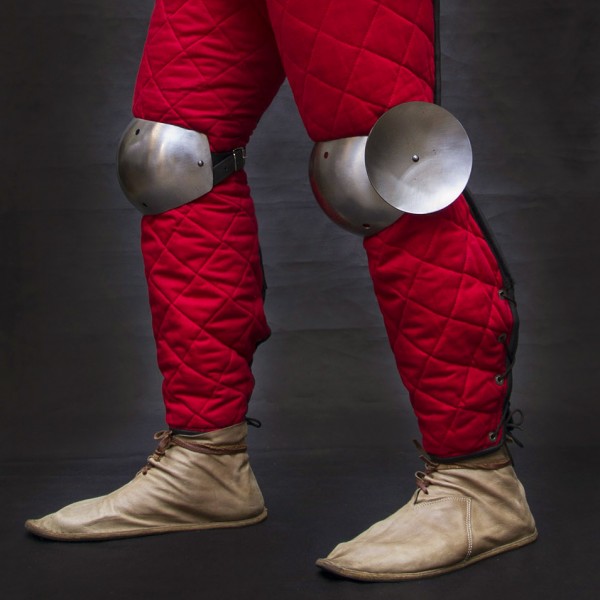

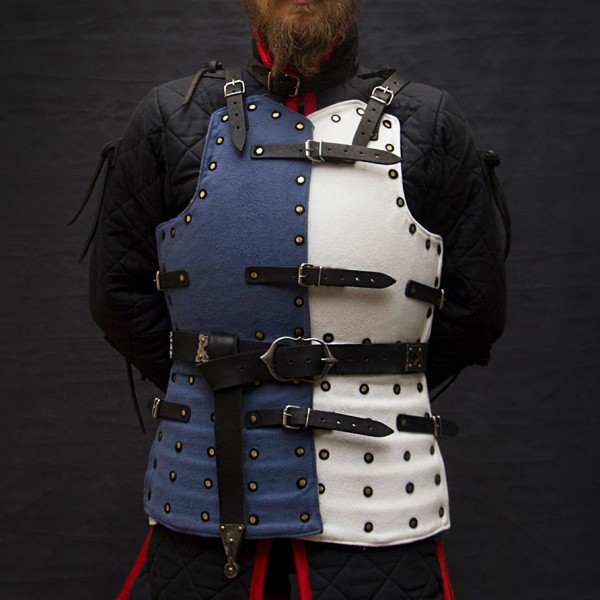

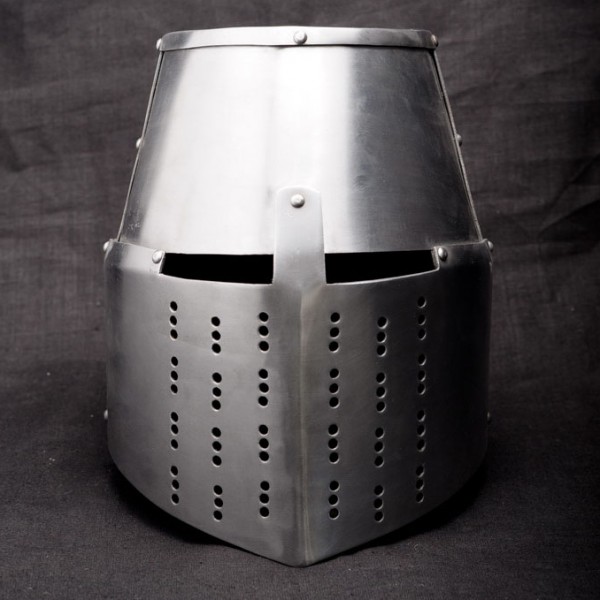
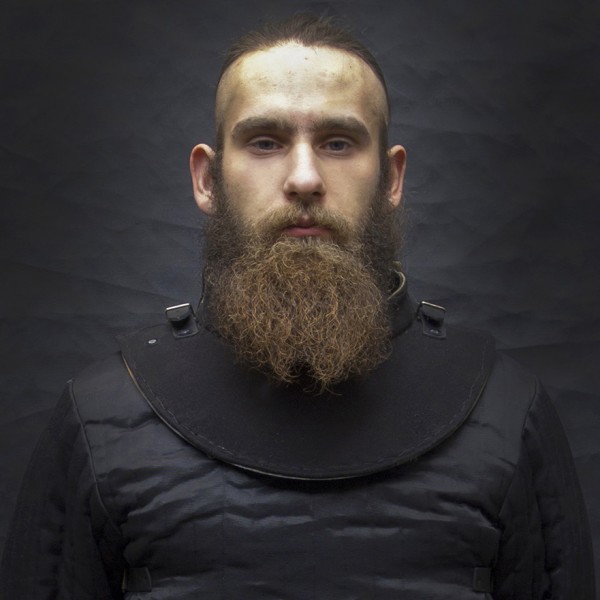
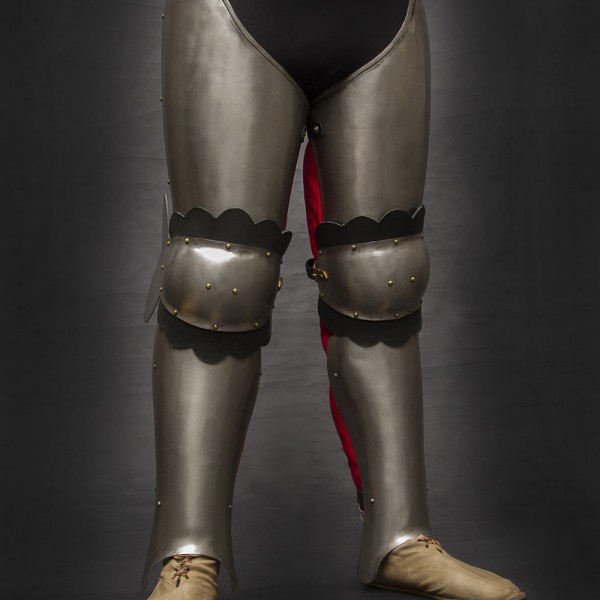
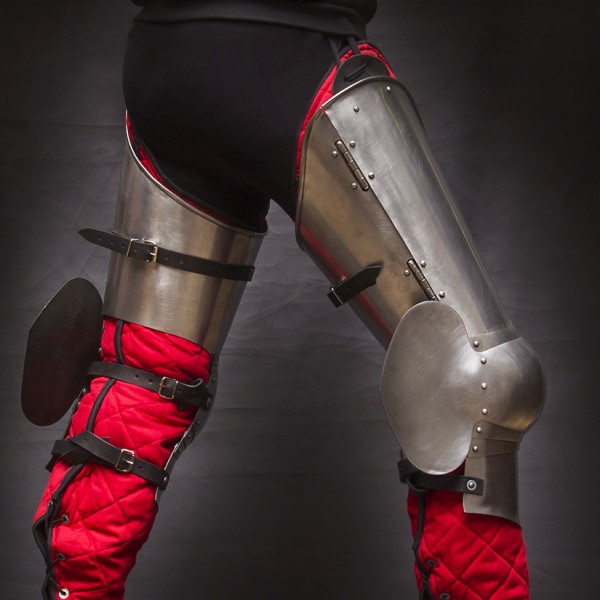
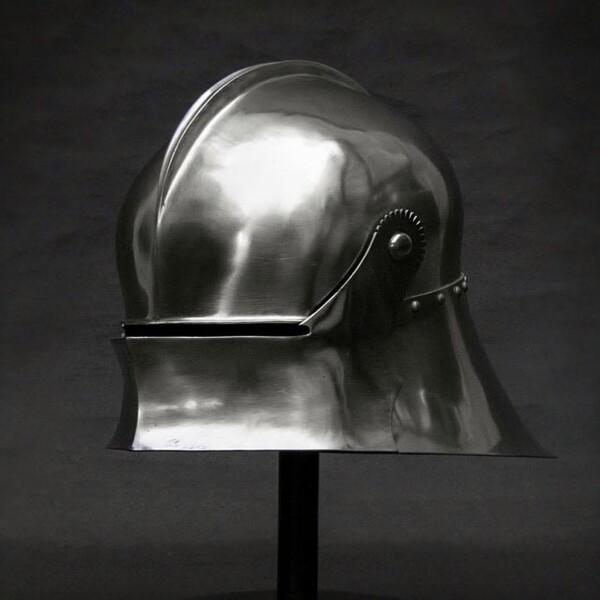

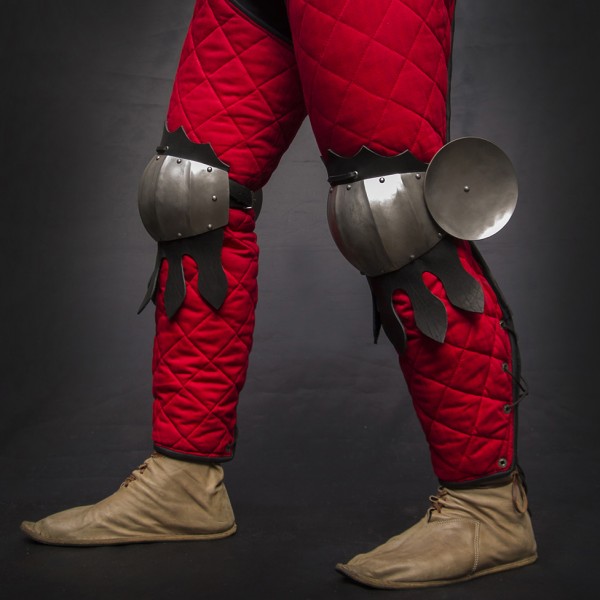

 Shop
Shop